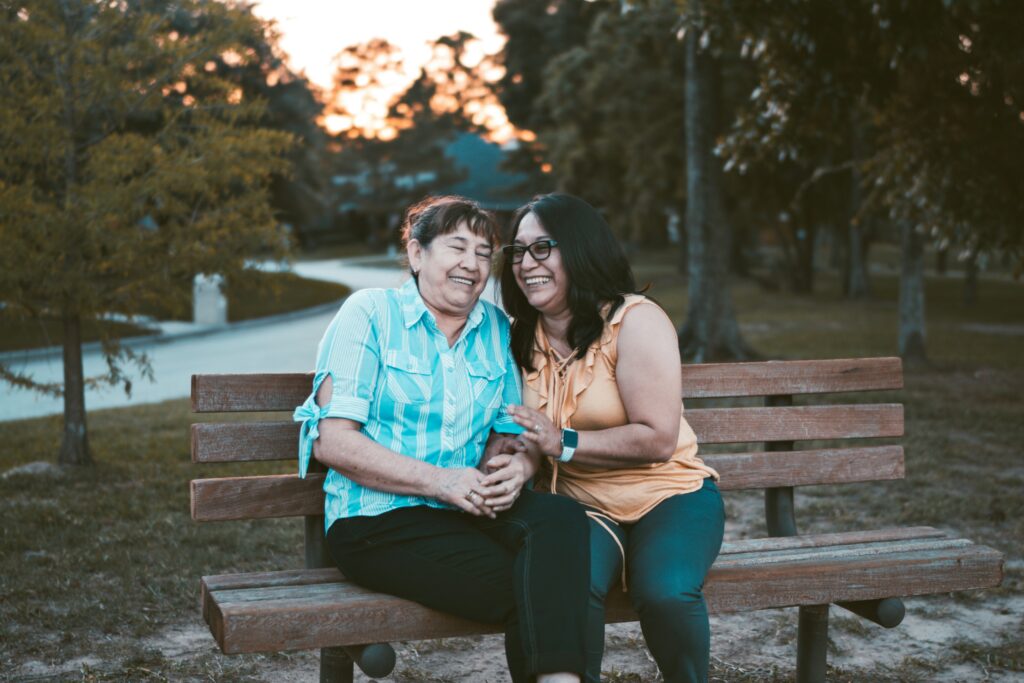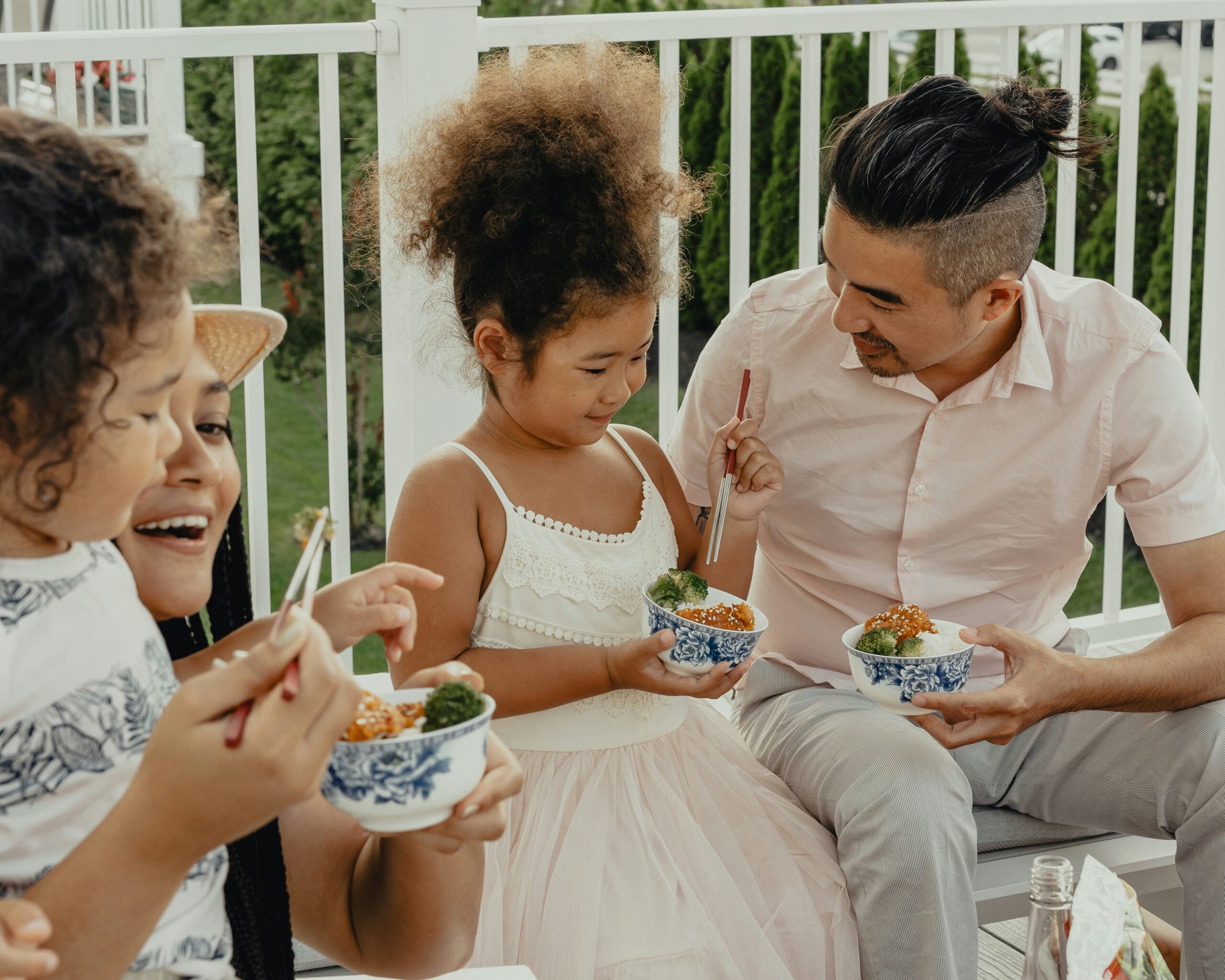You’ve heard it before: when it comes to building relationships, communication is key. And the number one way that we communicate with our loved ones? Through language. Language lets us share our feelings, make connections, and even hand down family traditions like recipes and songs from generation to generation. But what about family members who don’t speak the same language?
A “mother language” is defined as the first language that a child learns at home. So you’d think that means your mother language is by default your strongest, most comfortable language, right? Wrong. Many people, especially those who grew up in multilingual families or in areas where their ‘mother language’ isn’t dominant, find that they use their mother languages less and less as they get older. While you might think learning a language is like riding a bicycle, something you never forget how to do, it’s easy to lose language fluency without practice. Learning a new language sometimes means forgetting an older one.
Here in the USA, multilingual kids typically speak English in school and with their friends. By the time they grow up, they might find they have a difficult time talking to their own families. Although this may sound scary, lots of wonderful resources exist to support adults who want to re-learn their mother languages— or help kids practice and retain their skills!
Why is language so important?
When people feel close to their heritage and family, they feel more sure of who they are and where they belong in the world. Studies show that people who learn a heritage language (that is, one connected to their family history, whether they grew up speaking it or not) experience improved self-esteem and security in their identities. According to Scott Berghegger,“Reconnecting with and understanding ancestry and community is the driving force behind heritage language learning.”
We’ve found several fascinating accounts of people who’ve experienced just that Relearning a mother language or trying out a heritage language as a beginner might feel intimidating at first, but the results can be incredibly rewarding. Here are a few of our favorite stories from real language learners.

Relearning languages
Jenny Liao’s New Yorker article, “Forgetting My First Language,” details how her Cantonese slowly became rusty over years living away from home. Eventually, weekly phone calls with her parents only became possible through translation apps and bilingual dictionaries. Inability to communicate fluently had made their relationship shallow and their interactions stilted. In Liao’s words, “My parents and I have no heart-to-heart conversations, no mutual understanding, on top of cultural and generational gaps to reckon with.”
Resolving to close these gaps as much as she could, Liao threw herself into practicing Cantonese. She immersed herself in the language through Cantonese-language media and forced herself into uncomfortable Cantonese conversations whenever possible in stores and restaurants. Before long, she found she could have deeper and more personal conversations with her parents. Their relationship had already become closer, even if her Cantonese had only moderately improved. It’s a testament to the impressive power of language to bring families together.
Learning together
Martha Troian understands that power. In an article for Today’s Parent, she shares why it’s important for her to pass a heritage language on to her son. There’s just one thing in her way: she has to learn it first. Her mother was raised in restrictive residential schools where speaking her native Ojibway language was forbidden. As an adult, she never spoke it around her family.
Troian wants something different for her own family. As she and her son learn Ojibway together, their guiding principle becomes “If we know how to say something in Ojibway, we should say it whenever we can.” One of their favorite ways to practice involves a tool you might already have lying around the house: sticky notes! By labeling household objects with their Ojibway names, they have handy references wherever they go within the home. Troian says of this method, “It’s a reminder that, as Indigenous and Inuit peoples, we will never again be stripped of our identity, culture, and practices.”

A secret advantage
Learning or relearning a heritage language can sound pretty intimidating at first. But there’s a secret we’d like to share with you: if you grew up in a multilingual household, you have an advantage over people who’ve only learned one language for whole life. Being exposed to another language and culture throughout your formative years makes it easier for students to learn faster, even if they haven’t retained much of the language into their adult years. Picking up pronunciation comes faster, too. It’s also worth noting that people who feel a strong personal connection to the material they’re learning tend to engage more in their studies. What could be a stronger personal connection than the connection with family heritage?



